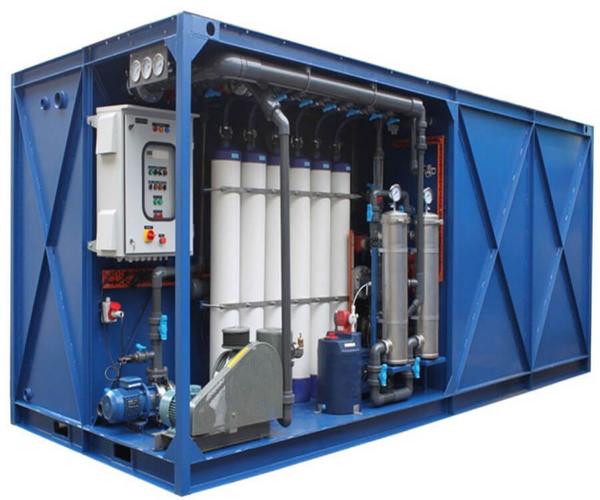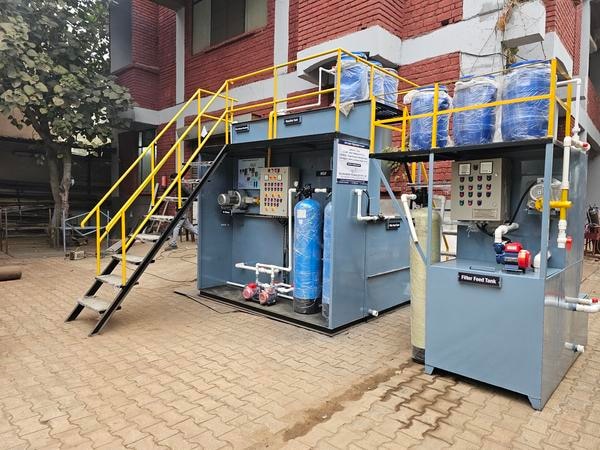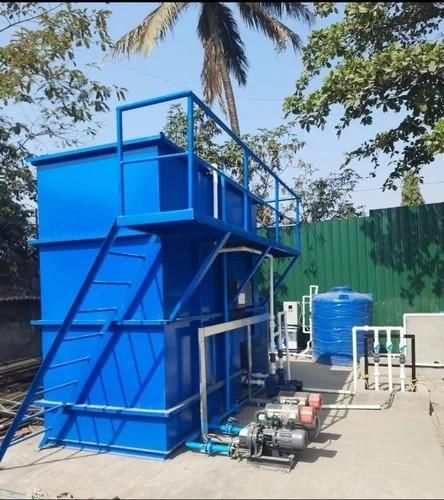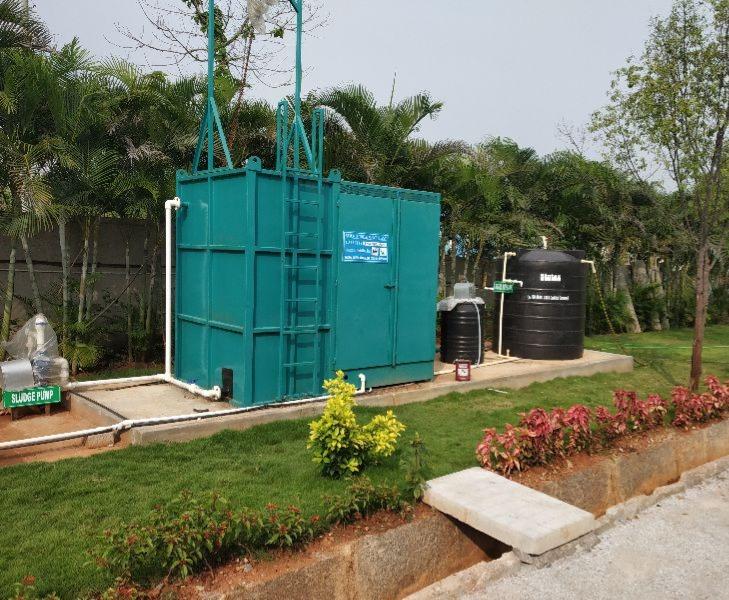
This is your website preview.
Currently it only shows your basic business info. Start adding relevant business details such as description, images and products or services to gain your customers attention by using Boost 360 android app / iOS App / web portal.
Manufacturing test


CONTAINERIZED ETP PLANT
VIEW DETAILS

MODULAR ETP PLANT
VIEW DETAILS

PACKAGE ETP PLANT
VIEW DETAILS

MBR ETP (MEMBRANE BIO REACTOR) PLANT
VIEW DETAILS

MBBR ETP PLANT
VIEW DETAILS

CONTAINERIZED STP PLANT
VIEW DETAILS

MODULAR STP PLANT
VIEW DETAILS

PACKAGE STP PLANT
VIEW DETAILS

MEMBRANE BIO-REACTOR (MBR) STP PLANT
VIEW DETAILS

MBBR STP PLANT
VIEW DETAILS

OZONATION SYSTEM
VIEW DETAILS

WATER TREATMENT PLANT (WTP)
VIEW DETAILS
